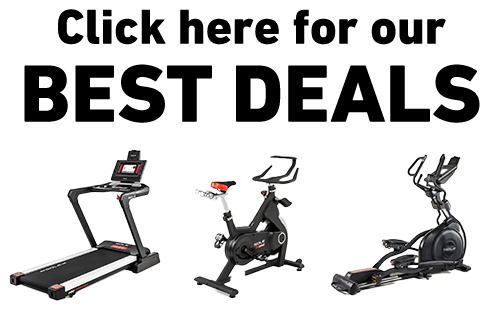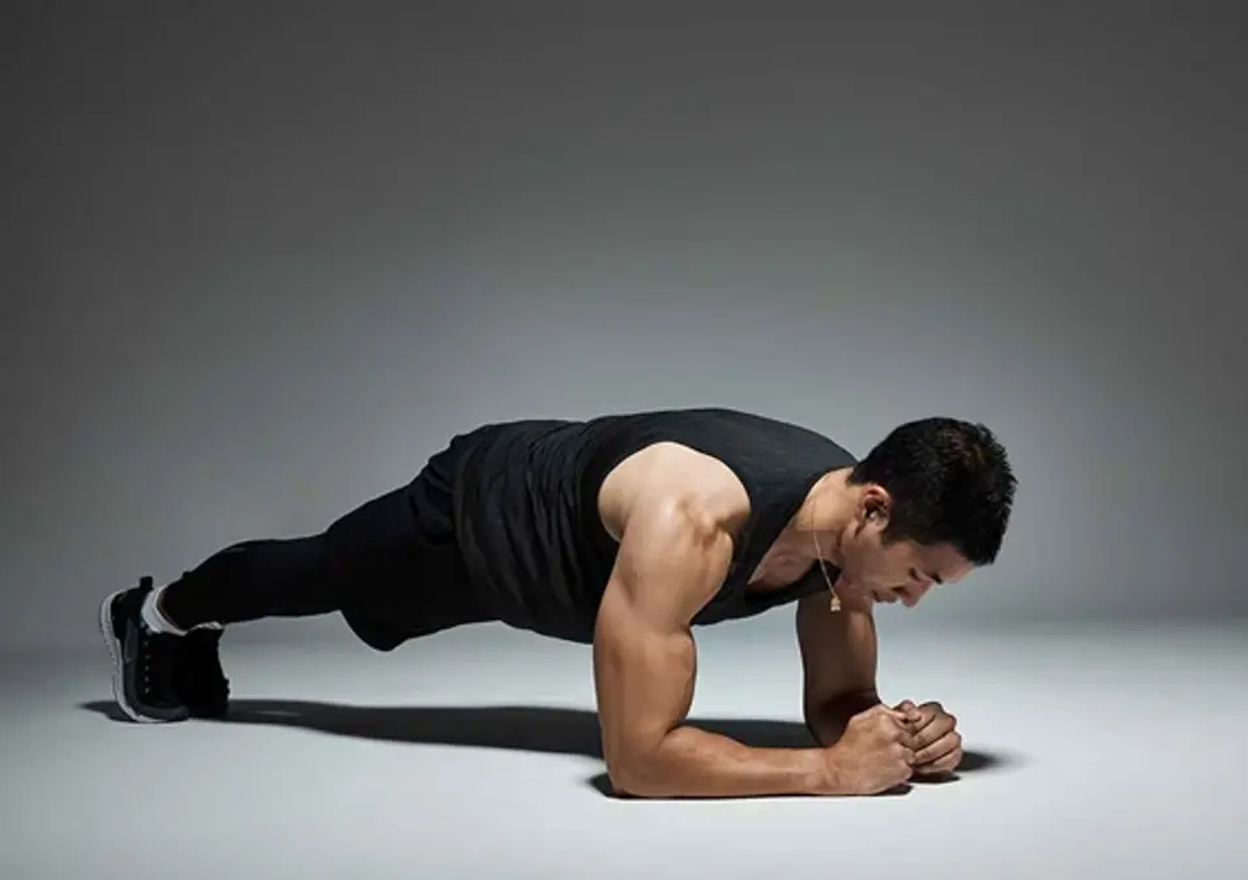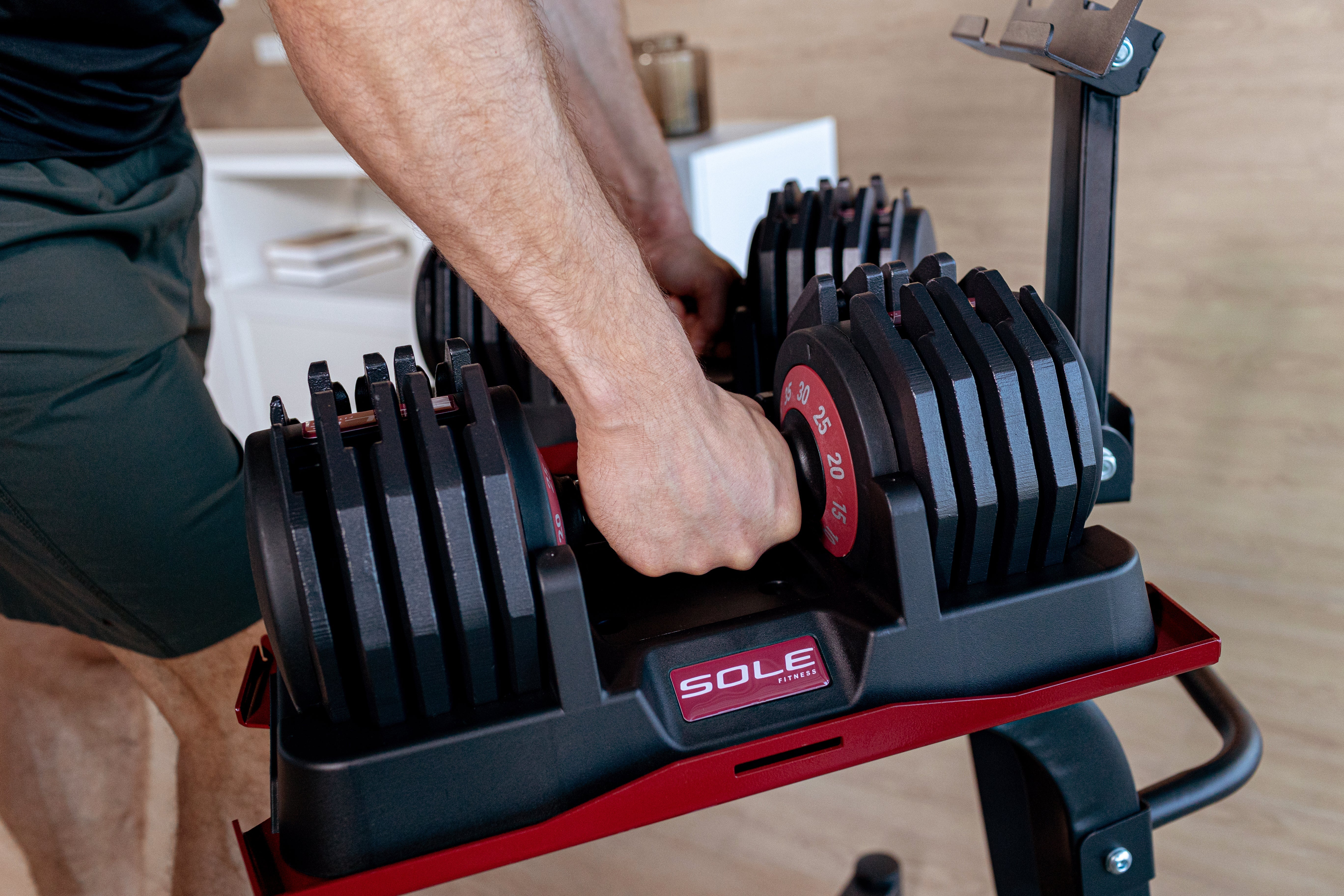Key Takeaways
- Plank variations like side planks, shoulder taps, and renegade rows go beyond just hitting your abs; they also challenge your shoulders, glutes, and back, giving your entire core the attention it deserves.
- It’s best to start with the basics and work your way up to more advanced moves. Staying focused on proper form helps you get more out of every rep while steering clear of injuries.
- Adding weight, like with renegade rows or other dumbbell planks, cranks up the intensity and builds serious core strength by resisting rotation and keeping everything stable.
- A well-rounded plank routine does more than tighten your midsection. It supports better posture, boosts overall athletic ability, and helps protect you from common injuries.
- SOLE Fitness Equipment supports core training by providing stable treadmill decks, sturdy benches, and reliable rowers that create a comfortable, durable space to power through planks and intense workouts.
Why Planks? The Science of Core Stability
When most people think of the core, they picture the six-pack muscles, but there’s way more going on beneath the surface. Your core also includes the deep transverse abdominis, obliques, lower back, pelvic floor, and even the diaphragm. Unlike crunches, which rely on repetitive flexion, planks train all these muscles isometrically. That means you're learning to hold strong, brace your body, and create stability that carries over into real-life movements, like lifting groceries, sprinting, or swinging a bat.
Benefits
Planks may look simple, but their benefits go far beyond just working your core. Here's how this foundational move supports your body and boosts performance on every level:
- Improved spinal health: Planks protect your back by strengthening the muscles surrounding your spine and teaching you to brace; critical for pain-free everyday movement and lifting.
- Enhanced athleticism: Core stability improves balance, power, and agility in virtually every sport and functional movement.
- Reduced injury risk: By training the body to resist movement (anti-extension, anti-rotation), planks make you more resilient against strains and falls.
- Efficient muscle activation: Planks engage multiple muscle groups simultaneously, burning more energy and building whole-body strength.
|
At SOLE, we're proud to offer the best exercise equipment for your home or gym. Our machines are built to meet the highest quality and performance standards, making them perfect for fitness enthusiasts at any level. SOLE Products
|
Best Plank Variations for Abs
1. Side Plank (Bodyweight)
Side planks go beyond just working your obliques; they challenge your full core to stay stable and resist twisting. The internal and external obliques fire up to keep your trunk solid, while the transverse abdominis (your deep core) acts like a built-in weight belt. You’ll also engage your glutes for hip stability and your shoulders for joint control, especially on the support side. To do it right, lie on one side with your feet stacked and your forearm under your shoulder. Lift your hips to create a straight line from head to heels and hold while breathing steadily. When you're ready for more, try lifting the top arm and leg in a star plank, add a dumbbell for resistance, or include movements like dips or thread-throughs for a dynamic twist. These variations don’t just sculpt your abs; they also help protect your spine and hips against injury.
Side planks target your obliques and deep core muscles while challenging your entire body to maintain stability and resist twisting.
2. Plank with Shoulder Tap (Bodyweight)
This variation looks simple but packs a punch. As you lift each hand, your core kicks into high gear to prevent your hips from shifting. The rectus abdominis and obliques stabilize your midsection, while shoulder muscles like the serratus anterior and deltoids keep your upper body steady. Even your glutes and lower back work to keep everything aligned. Start in a high plank with your hands under your shoulders and your feet hip-width or wider for balance. Tap one shoulder at a time, keeping the rest of your body as still as possible. To make it harder, bring your feet together, add a leg lift with each tap, or try elevated taps if you’re just getting started. Slow, controlled movement is the name of the game here; rushing through defeats the purpose.
Plank with shoulder taps challenges your core stability as you lift each hand, forcing your abs and obliques to work overtime preventing hip movement. (Image courtesy of Muscle & Strength)
3. Renegade Row (Weighted Plank Variation)
The renegade row takes planking to the next level by adding upper-body strength work. You’ll hit your lats, traps, and rhomboids with each row, while your biceps and forearms handle the load. Meanwhile, your core works overtime to keep your body from rotating, and your chest supports the planted arm. Set up in a plank with dumbbells under your shoulders and your feet slightly wider than hip-width. Row one dumbbell at a time toward your ribs, keeping your body square and hips steady. It’s a total-body move that builds strength and torches calories at the same time. Want to level up? Add a push-up between each row, use just one dumbbell for more core challenge, or swap in kettlebells to really test your grip and stability.
Renegade rows combine the core challenge of planks with upper body strength training, hitting your lats and traps while your abs work overtime to prevent rotation.
Plank Progression: From Beginner to Advanced
Mastering the plank starts with the basics and builds up to more advanced variations. Here's a step-by-step progression to help you safely increase intensity, challenge your core, and keep making gains:
- Incline Plank: Start with hands elevated (on wall, bench, or chair); as core strength builds, progress toward horizontal surface.
- Forearm to Full Plank: Alternating between positions increases dynamic stability.
- Reduce Base of Support: Bring feet closer together, move hands more narrowly under shoulders.
- Dynamic Variations: Add taps, rows, or side-to-side footwork for greater challenge.
- Add Load Slowly: Progress to weighted plates or bands only once form is perfect—never sacrifice alignment.
Common Mistakes & Safety Tips
|
Mistake |
Correction/Tip |
|
Sagging or piking hips |
Keep a straight line by bracing abs and glutes |
|
Arching back (lumbar strain) |
Draw ribs/pelvis together; avoid letting back dip |
|
Over-rotating hips |
Widen feet and focus on anti-rotation contractions |
|
Neglecting full-body tension |
Engage legs, glutes, shoulder stabilizers actively |
|
Scapular Winging |
Press hands/forearms into floor, "hug" armpits |
|
Holding too long |
Prioritize quality form over duration |
|
Wrong head/neck alignment |
Look slightly forward/down—keep spine neutral |
Why SOLE Fitness Equipment is Your Best Core Training Choice
SOLE adjustable dumbbells provide the secure grip, balanced weight distribution, and stable base needed for challenging weighted plank variations and core training exercises.
Building a strong, functional core requires effective exercises and the right equipment. At SOLE Fitness, we offer high-quality, versatile dumbbells that are ideal for challenging plank variations like the Renegade Row. Our dumbbells are engineered for a secure grip, balanced weight distribution, and long-lasting durability, allowing you to focus fully on your form and results during weighted core moves. The stable base of our dumbbells ensures safety and precision, no matter if you’re performing rows, plank pulls, or other ab-focused exercises.
Alongside dumbbells, our lineup includes reliable treadmills, bikes, ellipticals, and rowers, all crafted with our signature attention to stability and comfort. Our sturdy benches provide the perfect platform for dynamic core drills and support variations like incline planks. SOLE treadmills feature wide decks suitable for static holds or bodyweight plank routines, while our rowers offer smooth, full-body engagement that pairs perfectly with ab work for a complete workout.
Plus, our free SOLE+ app provides access to over 3,000 workouts, including ab-focused routines led by top trainers, to keep you motivated and moving.
With SOLE, you’re investing in thoughtfully designed fitness equipment built for safety, innovation, and everyday results. If you’re serious about getting the most out of your core training and want the best experience at home, our dumbbells and other equipment support every plank variation and core challenge you tackle.
Frequently Asked Questions (FAQ)
How long should I hold each plank variation for best results?
Aim for 20–45 seconds per set with perfect form, adjusting duration as you gain strength. Progress to harder variations as holding times become easy.
Will weighted planks or renegade rows help me get six-pack abs?
Weighted plank moves increase core strength and muscle definition, but visible abs require a combination of targeted training, cardio, and a healthy diet to reduce body fat.
What’s the safest way to incorporate planks if I have past back or shoulder injuries?
Start with forearm planks or incline planks and ensure your spine stays neutral. Use stable, cushioned surfaces, like SOLE benches or treadmill decks, and aim to keep your shoulder directly over your elbow or wrist during holds.
How often should I do plank routines for visible results?
For most, 2–4 times per week is ideal. Combine with other full-body and cardio movements for overall progress.
Why are SOLE Fitness machines great for ab and plank training?
SOLE Fitness features extra-wide, stable platforms and superior cushioning, perfect for safe, effective core moves. The durability and features of SOLE gear allow you to mix planks, weighted variations, and HIIT seamlessly into your training, backed by pro guidance in our SOLE+ app and legendary customer support.




Leave a comment
This site is protected by hCaptcha and the hCaptcha Privacy Policy and Terms of Service apply.